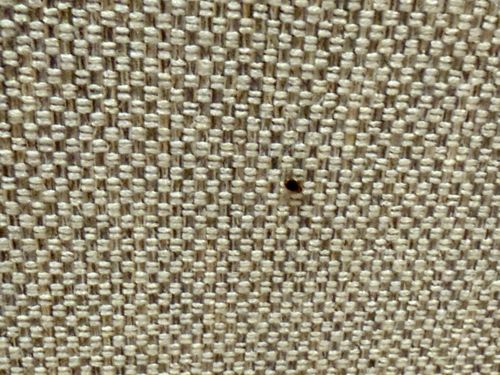Bed Bug
Scientific Name: Cimex lectularius
Order & Family: Order: Hemiptera, Family: Cimicidae
Size: Adults typically 4-5 mm (0.16-0.20 inches) long, oval-shaped, and flattened before feeding; reddish-brown in color. Nymphs are smaller and yellowish-white.

Natural Habitat
Primarily found in human dwellings, especially in bedrooms and sleeping areas. They infest mattresses, box springs, bed frames, headboards, furniture, cracks in walls, and even electrical outlets. They can be found in homes, apartments, hotels, dormitories, and other shared living spaces.
Diet & Feeding
Exclusively feed on the blood of humans and other warm-blooded animals (e.g., birds, bats, pets).
Behavior Patterns
Bed bugs are nocturnal and feed on blood while their hosts are sleeping. They are attracted to carbon dioxide and body heat. They often hide in cracks and crevices, bed frames, mattresses, furniture, and behind picture frames during the day. Females can lay 1-5 eggs per day, and up to 200-500 eggs in their lifetime. Nymphs hatch in about 1-2 weeks and mature in about 5 weeks under optimal conditions.
Risks & Benefits
Potential Risks: Bed bug bites can cause itchy welts, skin irritation, and allergic reactions in some individuals. While not known to transmit diseases, their bites can lead to secondary skin infections from scratching. They are a significant nuisance and can cause psychological distress (anxiety, insomnia). Potential Benefits: None identifiable for humans or the ecosystem; they are considered a pest species.
Identified on: 8/17/2025